Did you know that tree diseases cost Kansas City homeowners millions in property value losses annually? Waiting just a few weeks to act could mean losing your beloved shade trees—not to mention dramatically reducing your home’s curb appeal. Thankfully, expert tree disease diagnosis Kansas City is available to help you save your trees before it’s too late. In this comprehensive guide, you’ll discover how rapid diagnosis, cutting-edge plant health care, and specialized treatment plans can revive trees—and protect your property investment.
Rapid Tree Disease Diagnosis Kansas City: Act Now to Save Your Kansas City Area Trees
Tree diseases spread fast—especially in the varied climate of the Kansas City area, where summer humidity and spring storms create the perfect environment for pathogens and pests to thrive. With each passing day, untreated infections such as oak wilt, Dutch elm disease, or emerald ash borer can weaken a tree from the inside out. That’s why local experts stress the importance of immediate, professional tree disease diagnosis Kansas City for any tree showing signs of distress. Rapid diagnosis from a tree doctor not only improves your odds of saving the tree, but could also preserve the health of neighboring trees and shrubs —and prevent a larger outbreak throughout your property.
A certified arborist begins by inspecting your landscape for early symptoms: sudden leaf drop, discoloration, or branch dieback. Fast and accurate diagnosis paves the way for a precise treatment plan tailored to your specific tree health issues, whether that's an insect infestation or a fungal disease. Homeowners across the Kansas City area have witnessed thriving landscapes return to health by acting quickly—making diagnosis and professional plant health care a vital investment in your property's future.
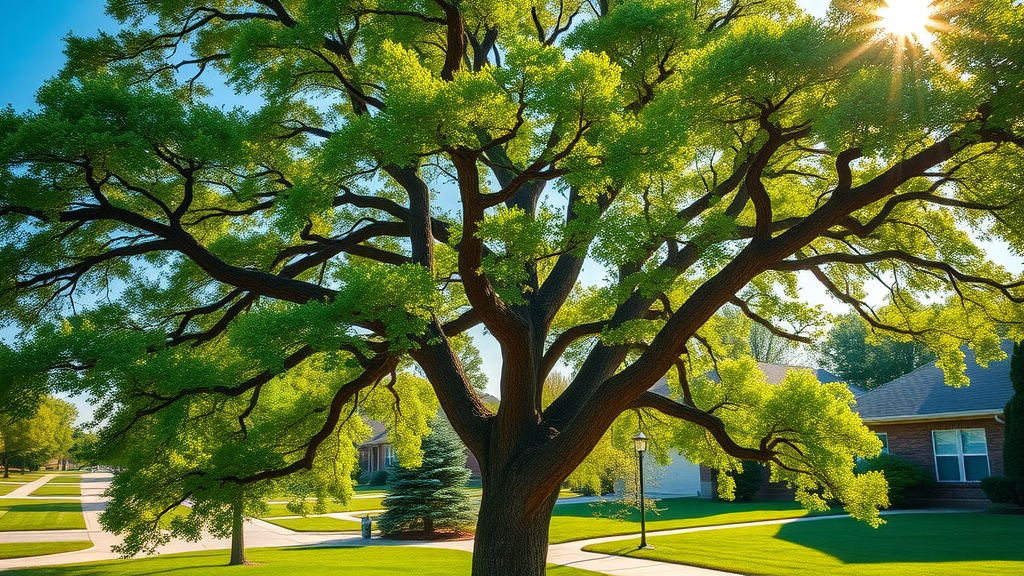
Why Timely Tree Disease Diagnosis in the Kansas City Area Matters
Did you know that tree diseases cost Kansas City homeowners millions in property value losses annually? Acting early is crucial to save your trees.
The real value of prompt and professional tree disease diagnosis Kansas City cannot be overstated. Trees do more than decorate your yard—they increase property values, provide shade, shelter local wildlife, and improve air quality. When a disease like oak wilt attacks, it can remove decades of natural growth in just one season. Worse, many diseases are contagious, threatening not only the infected tree but also healthy neighbors.
Early action is often the difference between successful tree rescue and irreversible decline. By getting a diagnosis before symptoms worsen—especially from an experienced tree doctor —you maximize treatment options, minimize losses, and support the long-term plant health of your landscape. Don’t let slow action undermine years of careful tree care; be proactive and consult a professional as soon as you spot signs of trouble.
Comprehensive Tree Disease Diagnosis Kansas City for All Tree Species
Kansas City’s diverse urban forests feature a rich mix of oaks, elms, ash trees, maples, and ornamental species. Each of these brings unique beauty—and unique vulnerabilities to local tree diseases and pests. Comprehensive tree disease diagnosis Kansas City addresses all types of tree diseases , regardless of the species affected, and accounts for the complex interactions between trees, soil, local weather patterns, and potential pathogens or insect invaders.
A skilled tree doctor will recognize subtle discrepancies between oak wilt, Dutch elm disease, and newer threats like emerald ash borer . This comprehensive approach ensures that even rare or newly emerging diseases are detected before they become widespread, protecting both mature specimens and young plantings alike. When combined with modern lab analysis and years of field experience, a true expert can create holistic plant health care strategies that fit your property’s specific needs.
Common Tree Diseases in the Kansas City Area: Oak Wilt, Ash Tree Issues, Dutch Elm Disease, and More
Knowing what can threaten your trees is the first step to defense. Top local issues include oak wilt (deadly for red oaks), Dutch elm disease (historic devastation for elms), and the notorious emerald ash borer —a beetle capable of killing untreated ash trees within three years. Also watch for fire blight (especially on fruit trees), anthracnose (widespread leaf-spotting fungus), and bacterial or canker diseases that thrive after storm damage .
- Oak Wilt
- Dutch Elm Disease
- Emerald Ash Borer
- Fire Blight
- Anthracnose
These problems target different species, but share a common trait: the sooner they are professionally diagnosed, the better the chances of survival. If your property has mature oaks, elms, or ash trees , annual health checks and quick response to early symptoms are critical.
| Disease | Main Host Species | Early Symptoms | Advanced Symptoms | Key Differences |
|---|---|---|---|---|
| Oak Wilt | Red/White Oaks | Leaf browning, wilting, rapid leaf drop | Branch dieback, tree death within weeks | Fungal mats under bark, affects oaks only |
| Dutch Elm Disease | American/Hybrid Elms | Yellowing leaves, which wilt and drop | Bark streaks, canopy thinning, whole tree death | Spread by elm bark beetle, visible streaking in sapwood |
| Emerald Ash Borer | Ash Trees | Canopy thinning, D-shaped exit holes, bark splitting | Heavy woodpecker activity, total tree mortality | Distinct metallic green beetle, ash-specific damage |
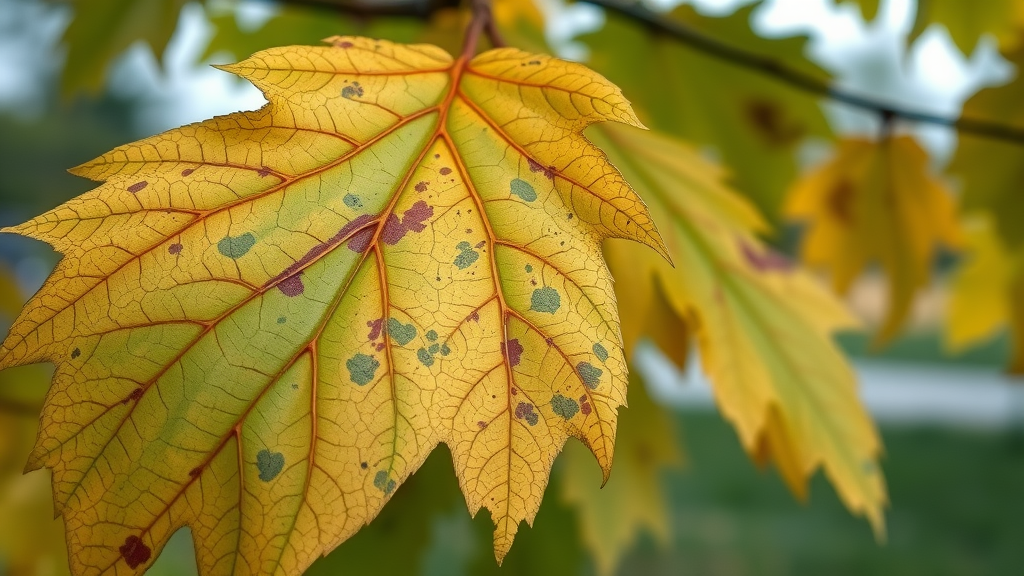
Tree Doctor Consultation and Specialized Tree Care Service in Kansas City
A proper tree disease diagnosis Kansas City starts with an on-site assessment from an ISA-certified tree doctor . Arborists trained in the city’s climate, soils, and local flora utilize advanced diagnostics—ranging from visual inspections to lab testing—for precise identification of the problem. These certified experts craft treatment plans that consider the unique needs of every landscape, ensuring each tree care service aligns with the property’s overall health and aesthetic goals.
This personal approach to diagnosis and tree health is what differentiates the best local providers. Whether you require regular plant health maintenance or urgent intervention after disease is spotted, engaging a specialist ensures advanced, science-backed care that restores your landscape’s vitality.
How an ISA-Certified Tree Doctor Delivers Effective Tree Health and Disease Management
An ISA-certified tree doctor is your landscape’s best ally in the battle against tree diseases. These professionals follow robust industry standards, employing proven diagnostic protocols and customized treatment methods for fungal, bacterial, and insect-borne diseases. Their expertise extends beyond immediate care—they educate property owners about risk reduction, disease management , and long-term plant health strategies to fortify landscapes against future threats.
Working with a certified arborist brings peace of mind: you’re assured ethical, evidence-based solutions, not guesswork or risky DIY remedies. Your trees receive a detailed health assessment, soil sampling (if needed), and a written plan for ongoing monitoring and support.
Customized Treatment Plans and Plant Health Care Options
No two properties or trees are the same, which is why a one-size-fits-all approach falls short. A truly expert tree doctor designs a treatment plan after evaluating species sensitivity, the surrounding urban ecosystem, and the current stage of disease or infestation. Their treatment plans incorporate options like direct trunk injection (for rapid-fatal diseases like oak wilt or elm disease ), organic sprays, systemic therapies, or physical removal of unhealthy branches.
Long-term plant health care may also include soil enrichment, mulching, and selective pruning. These science-driven recommendations not only help trees recover from illness but also boost resistance against future disease and insect invasions. Many local expert services provide regular follow-ups and seasonal care to ensure trees remain healthy well after the initial diagnosis and treatment.
Signs You Need Professional Tree Disease Diagnosis Kansas City
Knowing when to call a tree doctor is half the battle. While some problems are obvious—like visible fungus or large dead branches—early-stage symptoms are often subtle yet critical to spot. Prompt action after noticing these signs can be a tree saver, especially given Kansas City’s high incidence of oak wilt, emerald ash borer, and Dutch elm disease .
- Sudden leaf drop
- Unusual bark growths
- Discoloration
- Dieback
- Rapid decline
Other subtle symptoms might include brown spot patterns spreading on leaves, unexplained wilting, sticky “sap runs” on bark, or aggressive woodpecker activity (an indicator of insect infestation like emerald ash borer ). If you notice any of these, consulting a reputable tree doctor for a full tree disease diagnosis Kansas City is the recommended next step.
Paul Weaver, a local arborist: 'Early intervention can mean the difference between life and death for a tree in Kansas City's challenging conditions.'
Disease and Insect Threats in the Kansas City Area — What Tree Diseases to Watch For
The Kansas City urban forest faces evolving dangers from both disease and insect adversaries. While classic threats like oak wilt , ash borer , and Dutch elm disease persist, recent shifts in climate and urban development have fueled outbreaks of new diseases and pests every year. Knowledgeable tree health experts keep pace with this landscape, continually updating treatment protocols to counter the most immediate and emerging threats.
Keeping your trees healthy requires vigilance and awareness of current insect and disease trends. Consulting with a local, certified tree doctor ensures you benefit from the latest research and the most proven regional techniques for disease management and insect control.
Emerging Disease and Insect Threats: Dutch Elm, Oak Wilt, Emerald Ash Borer
Three of the most destructive adversaries for Kansas City trees are oak wilt, Dutch elm disease, and emerald ash borer .
- Oak Wilt: Spreads rapidly via root systems and beetles; quick action is crucial.
- Dutch Elm Disease: Kills large elms in weeks; requires prompt removal of infected limbs.
- Emerald Ash Borer: A metallic-green invasive beetle; often goes unnoticed until fatal damage occurs. Look for canopy thinning, D-shaped exit holes, and increased woodpecker visits. Infested trees must be diagnosed and treated without delay to prevent total loss.
Pairing traditional visual inspection with advanced laboratory analysis is the gold standard in identifying these threats early and applying precise, effective treatment.
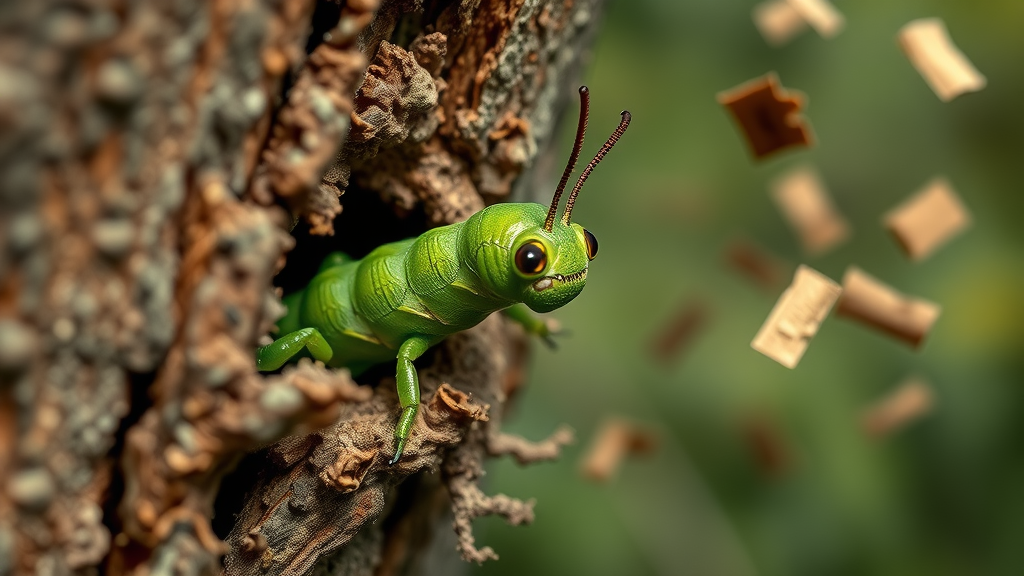
Advanced Tree Care Service: Integrated Disease Management & Plant Health Care
Modern tree care and plant health approaches in Kansas City are built around Integrated Disease Management (IDM) . This progressive strategy combines prevention, early detection, and targeted treatment—addressing both present issues and long-term tree health in tandem. Professional tree doctor services weave IDM into every diagnosis and intervention, ensuring your property remains both safe and beautiful for years to come.
Your landscape benefits not only from the latest science but also from ongoing education and routine seasonal inspections provided by reputable tree care service providers. This dual focus on immediate action and preventative plant health keeps trees strong, disease-resistant, and less prone to future outbreaks.
Disease Management Approaches: Prevention, Early Detection, and Targeted Treatment to Enhance Tree Health
The most successful disease management programs combine three pillars: prevention (such as soil fertility upgrades and smart pruning), early detection through expert diagnostic visits, and targeted treatment using the latest chemical, biological, or organic remedies. For instance, trees exposed to storm damage may need wound care to prevent opportunistic infections, while high-value specimen trees benefit from pre-emptive treatments against recurring threats like anthracnose or fire blight .
Certified arborists customize interventions for each property, selecting methods proven to halt disease progression while also considering the health of other trees and shrubs . Adding seasonal monitoring further reduces outbreak risk and maximizes your return on landscape investments.
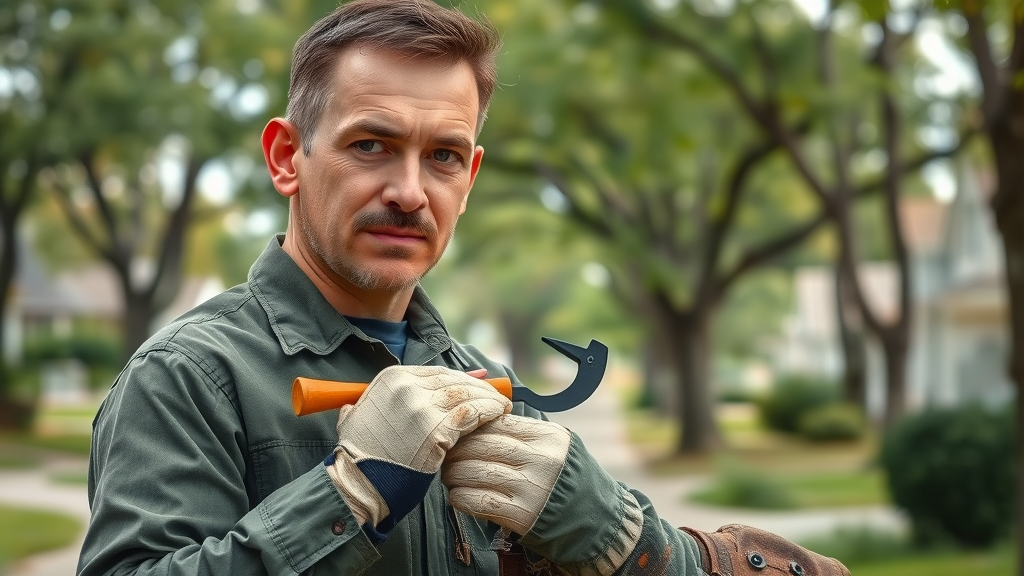
Tree Health Programs: Fertilization, Pest Control, and Seasonal Inspections
Beyond disease diagnosis and treatment, ongoing tree health programs are vital for urban forest longevity. Premium tree care providers in Kansas City deliver comprehensive plant health programs, featuring fertilization for robust growth, scientifically-timed pest control to deter insects, and scheduled inspections by ISA-certified experts. This proactive model helps homeowners spot early signs before they escalate, and offers peace of mind even after the most severe events—from drought to heavy storms.
Integrating these services protects the entire landscape, ensuring every tree and shrub remains an asset rather than a liability. Many find that scheduled plant health checks pay for themselves by preventing costly removals, storm damage cleanup, and lost property value down the road.
How to Access Tree Disease Diagnosis Kansas City: Steps and Process
Getting expert help for your tree begins with a straightforward process. Professional tree disease diagnosis Kansas City services are designed for convenience, speed, and clarity—giving you a rapid pathway to restore your landscape's health. Here’s how to get started with a certified tree doctor in the Kansas City area:
- Contacting a tree doctor – Reach out to a respected local provider such as Paul Weaver Arborist.
- Diagnosis appointment – Schedule an on-site assessment, which includes a visual inspection and, if needed, laboratory analysis for pathogens or insect pests.
- Visual and laboratory assessment – The arborist evaluates obvious symptoms, checks soil and roots, and identifies stress factors unique to your site.
- Treatment recommendations – Receive a detailed report and a custom treatment plan tailored to address the exact threats facing your trees.
- Ongoing plant health care – Many reputable providers offer follow-up visits and ongoing care programs to ensure your investment pays off for years to come.
| Tree Type/Disease | Diagnosis Fee | Treatment Cost Range | Avg. Recovery Time |
|---|---|---|---|
| Oak Wilt (Red/White Oak) | $75–$150 | $200–$1,000+ | 1–2 growing seasons |
| Dutch Elm Disease (Elm) | $75–$150 | $300–$900 | 1–3 growing seasons |
| Emerald Ash Borer (Ash Trees) | $85–$150 | $300–$1,500 (multi-year treatments common) | 1–5 years |
| General Bacterial/Fungal Disease | $50–$120 | $100–$600 | Less than 1 year |
People Also Ask: Tree Disease Diagnosis Kansas City
Who can diagnose a tree disease?
A tree disease diagnosis should be performed by a qualified professional such as an ISA-certified arborist or accredited tree doctor . In Kansas City, these experts combine hands-on evaluations with laboratory testing to identify pathogens, insects, and environmental stressors affecting your trees. Many reputable firms employ certified arborists specializing in diagnostics, ensuring you receive reliable, effective treatment recommendations tailored to your property.

How much does it cost to treat a diseased tree?
The cost of treating a diseased tree in the Kansas City area depends on factors such as the species, the type of disease or insect, and the extent of the problem. Simple treatments can range from $75–$300 , while more extensive cases (for example, oak wilt treatment plans or emerald ash borer injections ) can reach $1,000+ over multiple years. Routine diagnosis fees are typically under $150, with detailed treatment plans and ongoing plant health care offered as bundled service options.
What is the best app to identify tree disease?
While tree ID apps like PlantSnap and PictureThis can help identify species, they may not reliably diagnose complex tree diseases . For the most accurate and comprehensive results, a local tree doctor or certified arborist remains the gold standard, thanks to specialized equipment, lab resources, and years of diagnostic expertise tailored for the Kansas City area.
How can I find out what's wrong with my tree?
If your tree is showing signs of distress (leaf discoloration, dieback, rapid decline), the best course of action is to contact a professional for a tree disease diagnosis Kansas City . Certified arborists can perform an on-site assessment and, if necessary, run laboratory tests to pinpoint the exact cause—be it bacterial, fungal, insect, or environmental. Avoid using generic solutions, as misdiagnosis can worsen the problem.
Essential FAQs on Tree Disease Diagnosis Kansas City
- Is diagnosis covered by home insurance? Typically, standard home insurance does not cover tree disease diagnosis or treatment, but some policies may pay for damage to property structures from failing trees.
- Can diseased trees be saved? Many trees can be restored to health if the disease is caught early; prompt diagnosis and targeted treatment methods give the best chance for recovery.
- How long does recovery take? Recovery depends on the type and severity of the disease—anywhere from a single season for minor fungal infections to several years for emerald ash borer infestations.
- What happens if a diseased tree is left untreated? Without intervention, the infection can spread and escalate, leading to tree death, hazards, and even contamination of surrounding trees and shrubs .
Expert Tree Doctor Services: Why Choose Paul Weaver Arborist in Kansas City Area
The difference between a thriving landscape and losing prized trees often comes down to your choice of expert. Paul Weaver Arborist stands out in the Kansas City area for decades of hands-on local experience, exceptional customer service, and science-backed plant health solutions. Clients appreciate the rapid response, clear treatment plan communication, and ethical recommendations for even the most challenging cases.
- ISA-certified
- Decades of Kansas City experience
- Customized disease management strategies
- Emergency rapid response
- Advanced plant health care solutions
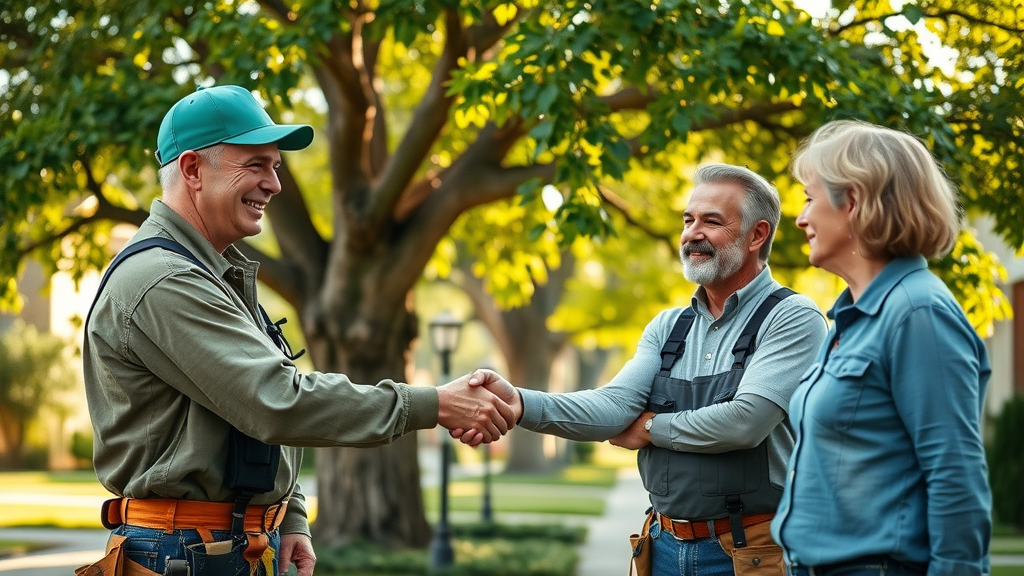
Get Fast, Reliable Tree Disease Diagnosis Kansas City—Contact Your Local Tree Doctor Today
Don’t wait until your favorite tree is beyond help. For immediate, expert tree disease diagnosis in Kansas City, call Paul Weaver Arborist at 913-915-4165 . One call connects you with an ISA-certified professional committed to restoring plant health, safeguarding your property value, and keeping your trees strong for years to come.
 Add Row
Add Row  Add
Add 

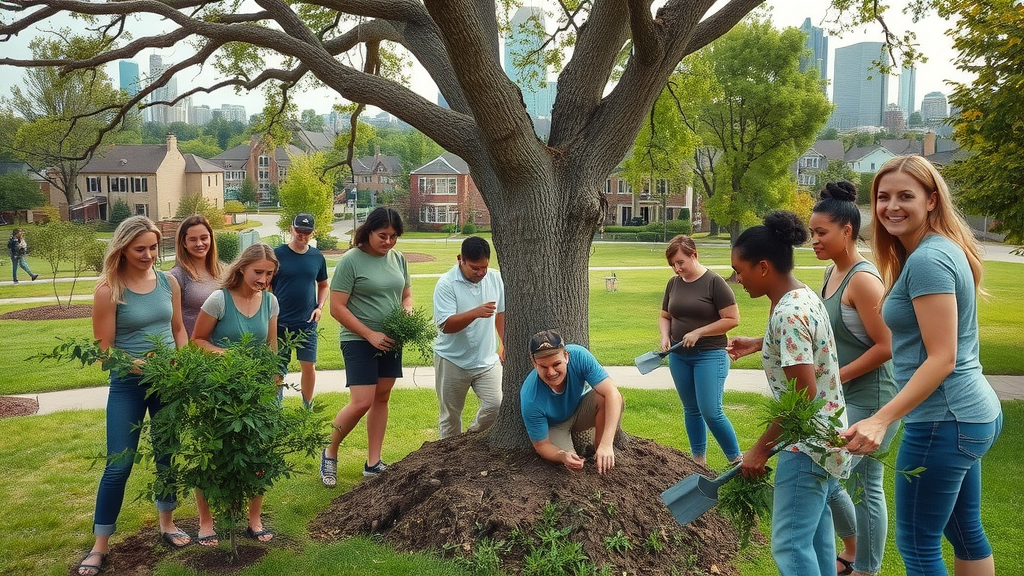

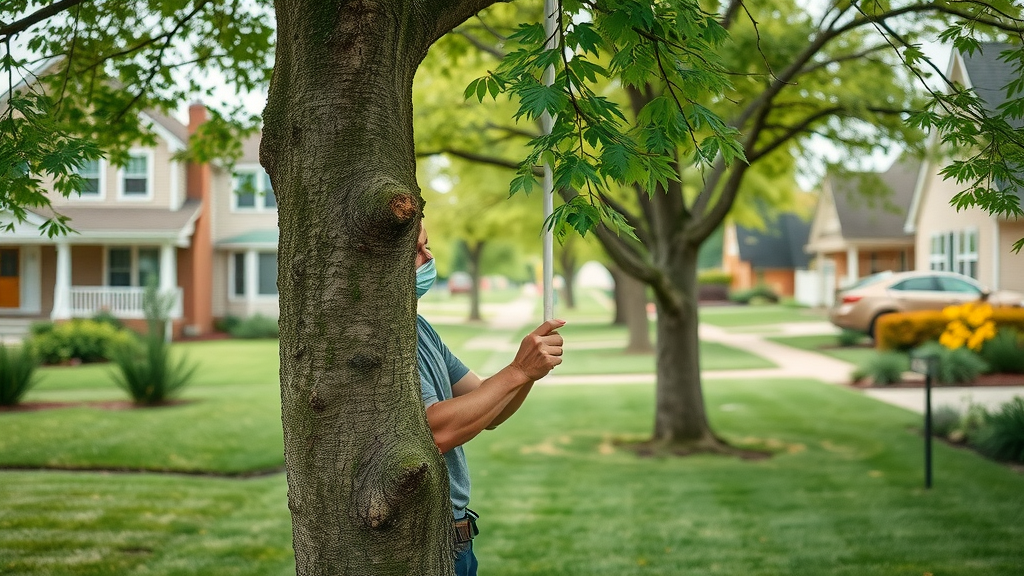
Write A Comment